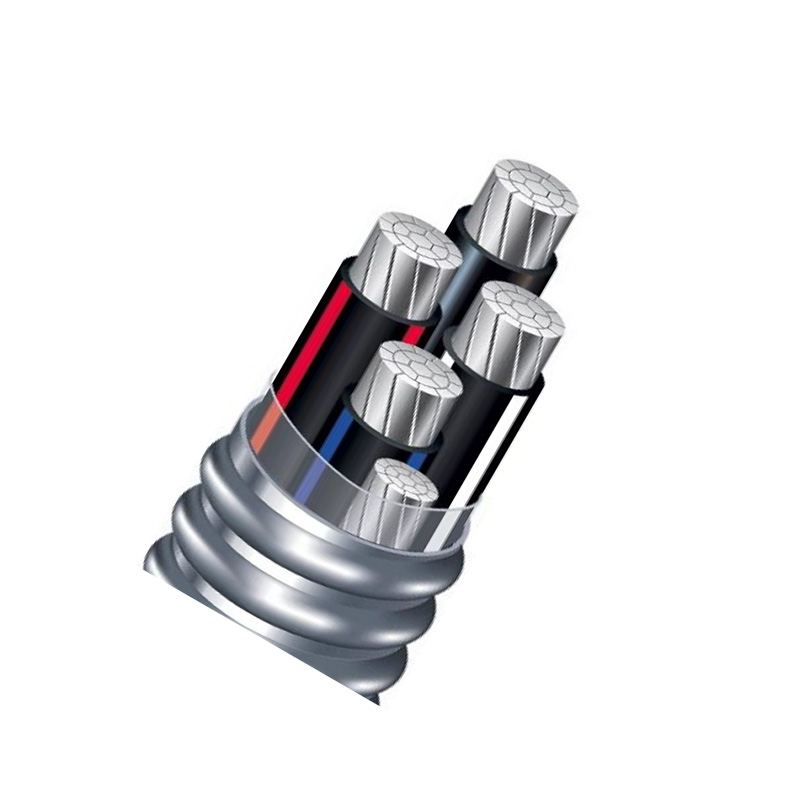Sep . 21, 2024 20:01 Back to list
wafer and lugged butterfly valve
Wafer and Lugged Butterfly Valves A Comprehensive Overview
Butterfly valves are widely recognized for their efficiency and reliability in regulating the flow of fluids in various piping systems. Among the different designs available, wafer and lugged butterfly valves stand out for their unique features and applications. Understanding the differences and advantages of these two types is crucial for selecting the right valve for specific industrial needs.
Wafer Butterfly Valves
Wafer butterfly valves are designed to fit between two flanges in a piping system. The valve body is compact and lightweight, making it suitable for tight spaces. The design features a disc that rotates around a central axis, allowing for quick and effective flow regulation. One of the significant advantages of wafer butterfly valves is their ease of installation. They can be easily sandwiched between flanges with minimal assembly requirements, which reduces installation time and cost.
These valves are particularly effective in applications where space is limited and a quick shut-off is needed. They are commonly used in water treatment, petroleum, and chemical processing industries. However, one limitation of wafer butterfly valves is that they typically require adequate support from the piping system, as they do not provide the same level of structural integrity as lugged valves.
wafer and lugged butterfly valve

Lugged Butterfly Valves
Lugged butterfly valves, on the other hand, feature threaded lugs on the valve body that allow for bolt attachment to the pipe flanges. This design provides increased stability and makes it easier to isolate the valve from the piping system. In cases where maintenance is necessary, lugged valves can be serviced without needing to remove the entire valve assembly, offering considerable convenience.
These valves are ideal for applications requiring frequent access or where system reliability is paramount. They are often employed in industries such as fire protection systems, HVAC, and other critical service lines. While lugged butterfly valves tend to be bulkier than their wafer counterparts, their enhanced structural support and ease of maintenance make them a favored choice in demanding applications.
Conclusion
In conclusion, both wafer and lugged butterfly valves have their unique advantages, making them suitable for different applications within various industries. The choice between the two ultimately depends on factors such as space constraints, maintenance needs, and system requirements. By carefully evaluating these factors, engineers can ensure the selection of the most appropriate valve, leading to improved efficiency and reliability in fluid control systems. Whether you opt for the lightweight design of the wafer valve or the robust nature of the lugged valve, both play a crucial role in modern fluid management.
Share
-
Reliable Wafer Type Butterfly Valves for Every IndustryNewsJul.25,2025
-
Reliable Flow Control Begins with the Right Ball Check ValveNewsJul.25,2025
-
Precision Flow Control Starts with Quality ValvesNewsJul.25,2025
-
Industrial Flow Control ReliabilityNewsJul.25,2025
-
Engineered for Efficiency Gate Valves That Power Industrial PerformanceNewsJul.25,2025
-
Empowering Infrastructure Through Quality ManufacturingNewsJul.25,2025